To Close the Skills Gap in Manufacturing Careers, Close the Gender Gap
The industry needs to combat its image problems and attract more women to manufacturing careers, one expert says.
Manufacturing is revitalizing our economy and making America strong. Investments in manufacturing multiply across the economy, creating jobs and growth in other sectors. Every dollar in final sales of manufactured products supports $1.48 in output from other sectors – the largest multiplier of any sector. Manufacturing employs more than 12 million people with innovative and rewarding jobs that include salaries and benefits well above the national average.
Yet, more than 80 percent of manufacturers still cannot find the skilled workers they need, according to the 2011 Skills Gap Report published by Deloitte and The Manufacturing Institute. Part of this skills gap is due to the under-representation of women in the industry. While women make up 50 percent of the U.S. workforce, they make up only about 25 percent of the manufacturing workforce. Closing this gender gap will, in turn, help to close the skills gap.
The first step is to combat the industry’s image problem and to attract more women to manufacturing careers by educating young workers – and the public in general – that manufacturing has changed dramatically in recent years. Today’s manufacturing offers competitive wages, is high tech, safe and clean. There is a culture of respect and employees do more than a job – they leave each day with a sense of accomplishment. The “male-favored culture” that women have cited as a key reason for under-representation in the industry is outdated.
In fact, more than 75 percent of women surveyed for a report by Deloitte and The Manufacturing Institute agreed that a manufacturing career is interesting and rewarding, emphasizing compensation and opportunities for challenging assignments as the top reasons to stay in the industry.
In spite of these advances, the report also found that just one in five respondents thought that manufacturing currently does a good job of presenting itself to female candidates.
“Work-life balance, or the perceived lack thereof in manufacturing, maybe deterring women from the industry,” the report notes. “Survey participants cited work-life balance, in addition to compensation, as a key decision criterion when considering a job opportunity.” So how can the industry increase its appeal to women with STEM skills?
The Manufacturing Institute is leading the charge to tackle the manufacturing gender gap. In 2012, it launched the STEP Ahead initiative to encourage the growth of women in manufacturing through recognition, research, and leadership. The STEP Awards, part of the larger STEP Ahead initiative, celebrate women and their achievements at all levels of a manufacturing organization, from the factory floor to the C-suite. To date, the STEP Awards have honored over 250 women and are launching a mentorship program with the National Girls Collaborative Project at their awards tonight.
But much more needs to be done.
Manufacturers need to seek out and actively participate in educational awareness and career preparation opportunities. We need to open our doors and promote diversity through initiatives like “Introduce a Girl to Engineering Day” where younger girls learn about engineering firsthand in order to prepare for a career in the field later. We need to work with organizations like SkillsUSA that bring students, educators, and industry together to promote technical skill development and career opportunities.
We need to partner with local schools to develop more apprenticeship programs; these serve as great applied learning opportunities for students and are an excellent source of trained, future talent. In short, we as manufacturers must take an active and early role in attracting, training and developing the next generation of our workforce. Without successfully attracting more females to manufacturing careers, we will not have an adequate supply of the best talent needed to fuel future manufacturing growth.
We must show women the huge opportunities in this sector to pave the way for more women and to ensure the continued success and growth of our manufacturing industry.
We, as women in manufacturing, must empower each other as ambassadors of the industry we love.
Mary Bell is vice president of the Building Construction Products Division at Caterpillar Inc. and a 2014 STEP Award Honoree.

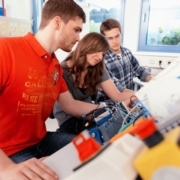
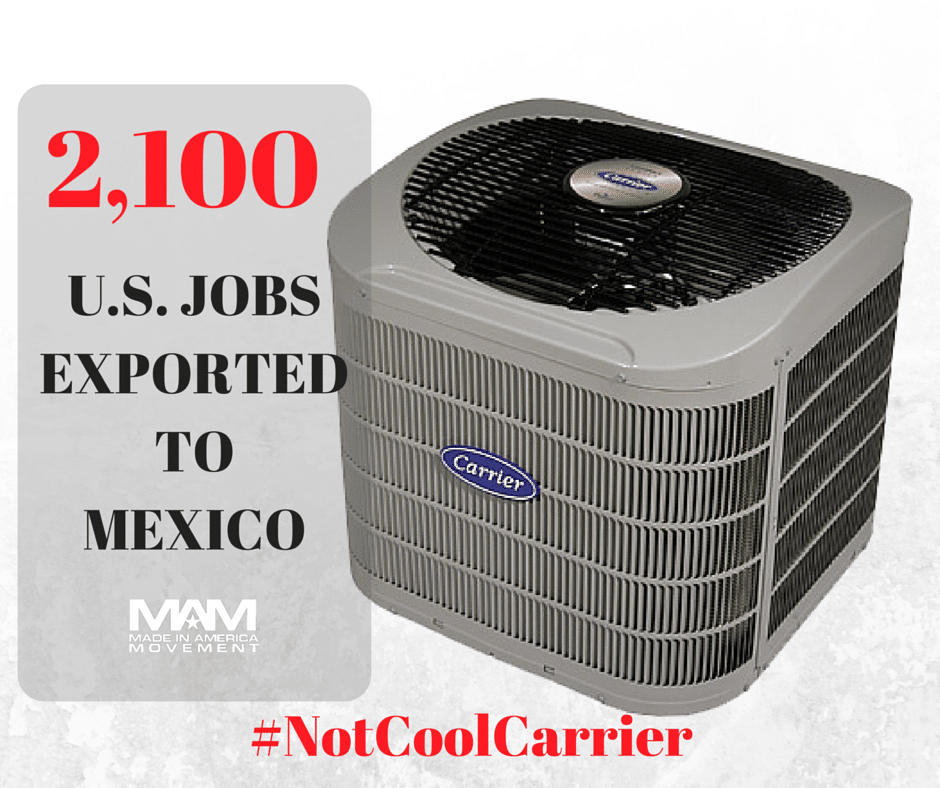
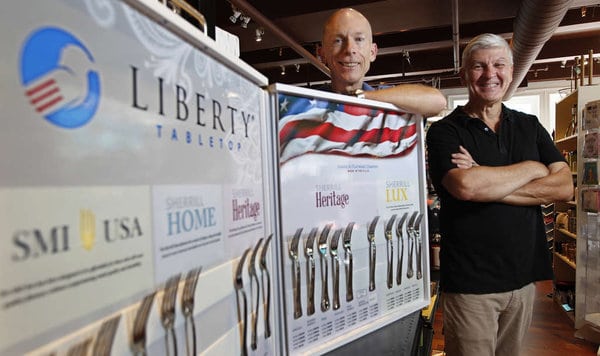
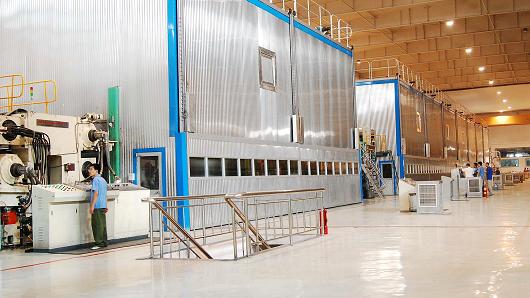

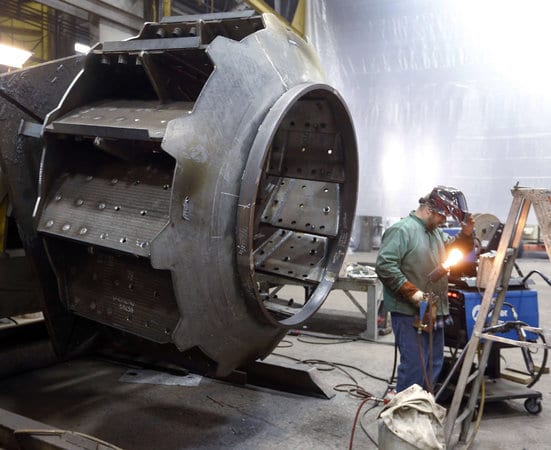

Leave a Reply
Want to join the discussion?Feel free to contribute!